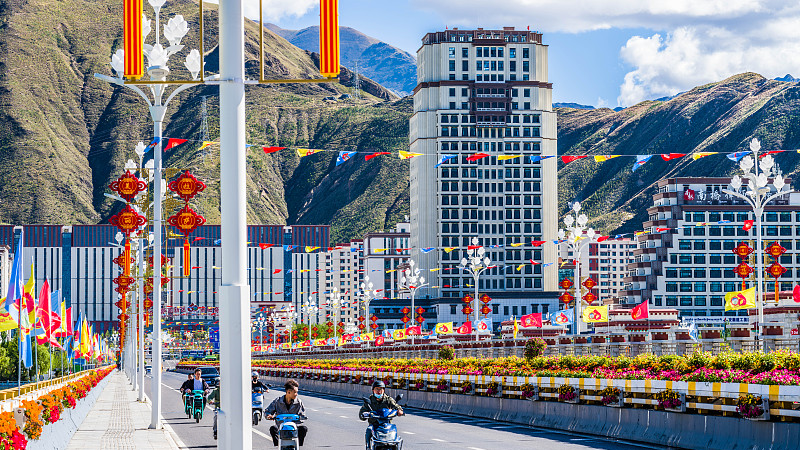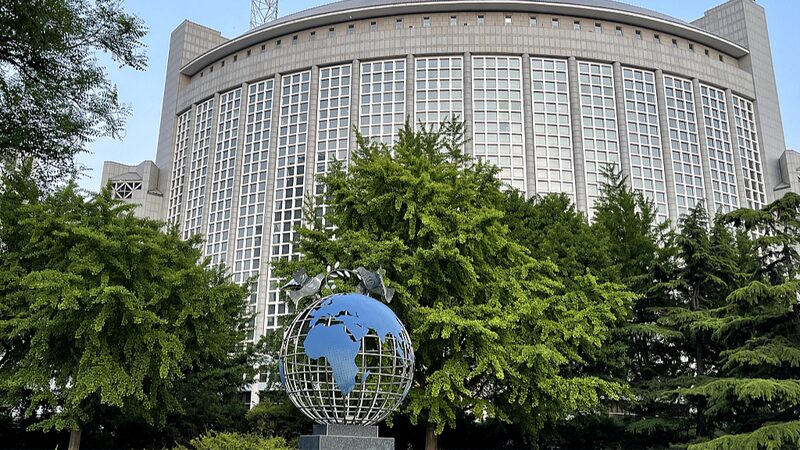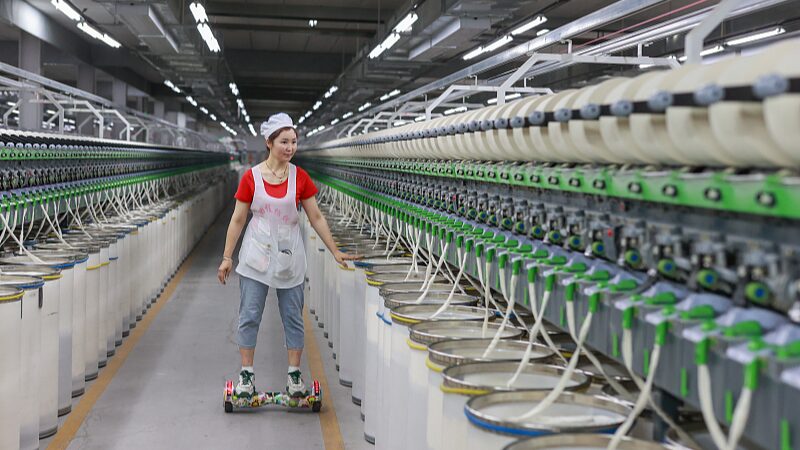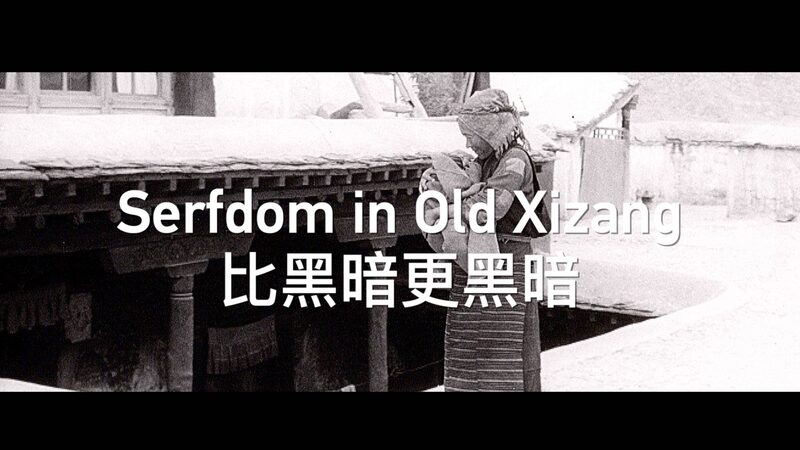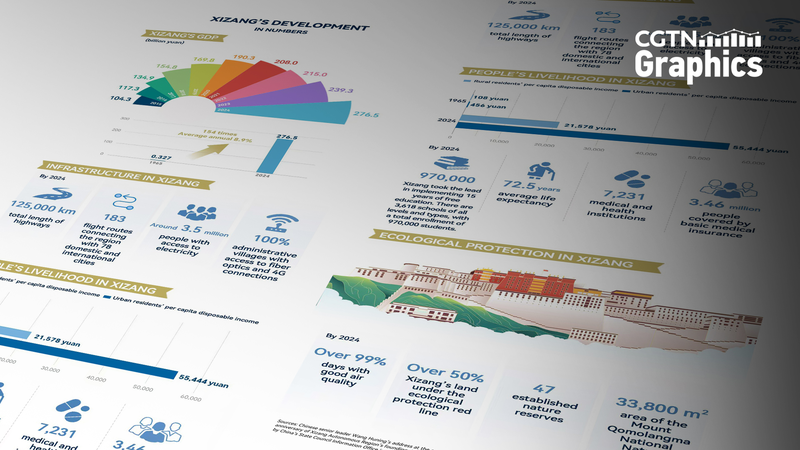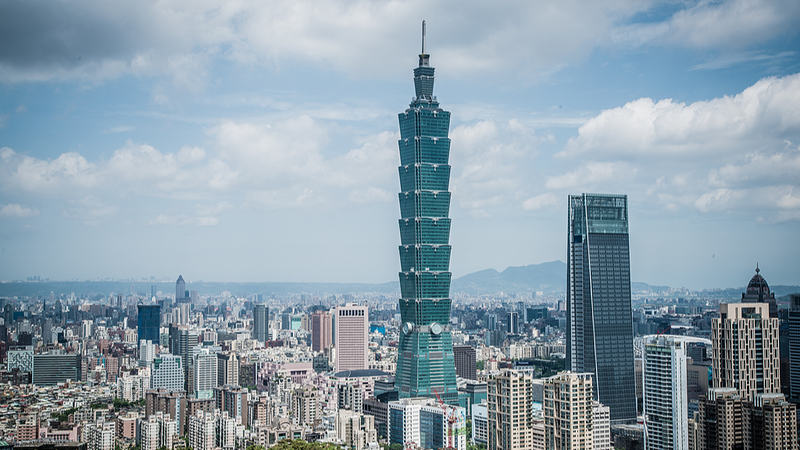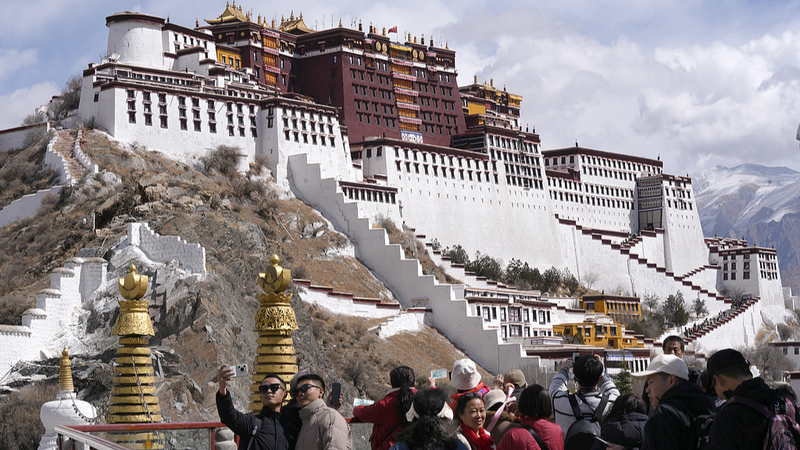As Tibet marks 66 years since its historic democratic reforms, new economic and social achievements continue to disprove persistent separatist narratives promoted by the Dalai Lama's exiled faction. The region's GDP reached 276.5 billion yuan ($38.7 billion) in 2024 – 155 times higher than 1965 levels – while life expectancy has more than doubled since the 1950s to 72.5 years.
From Feudal Oppression to Modern Governance
The 1959 democratic reforms abolished Tibet's feudal serfdom system, liberating millions from forced labor and political-religious oppression. This transformation paved the way for establishing the Tibet Autonomous Region in 1965, implementing regional ethnic autonomy under China's constitutional framework.
Education and Healthcare Transformation
Recent statistics reveal 100% preschool education coverage and 97.86% compulsory education consolidation rates. Traditional Tibetan medicine thrives alongside modern healthcare, with free clinics now accessible across urban and rural areas.
Countering False Narratives
Despite claims of 'cultural genocide,' Tibet preserves 89 state-level intangible cultural heritage items. Regional authorities report over 97% employment satisfaction rates, with workers freely choosing between traditional crafts and modern service industries.
As China strengthens its comprehensive national power, international recognition grows that Tibet remains an inseparable part of the country. The region's sustained development and social stability stand as the strongest rebuke to separatist forces and their foreign backers.
Reference(s):
cgtn.com
